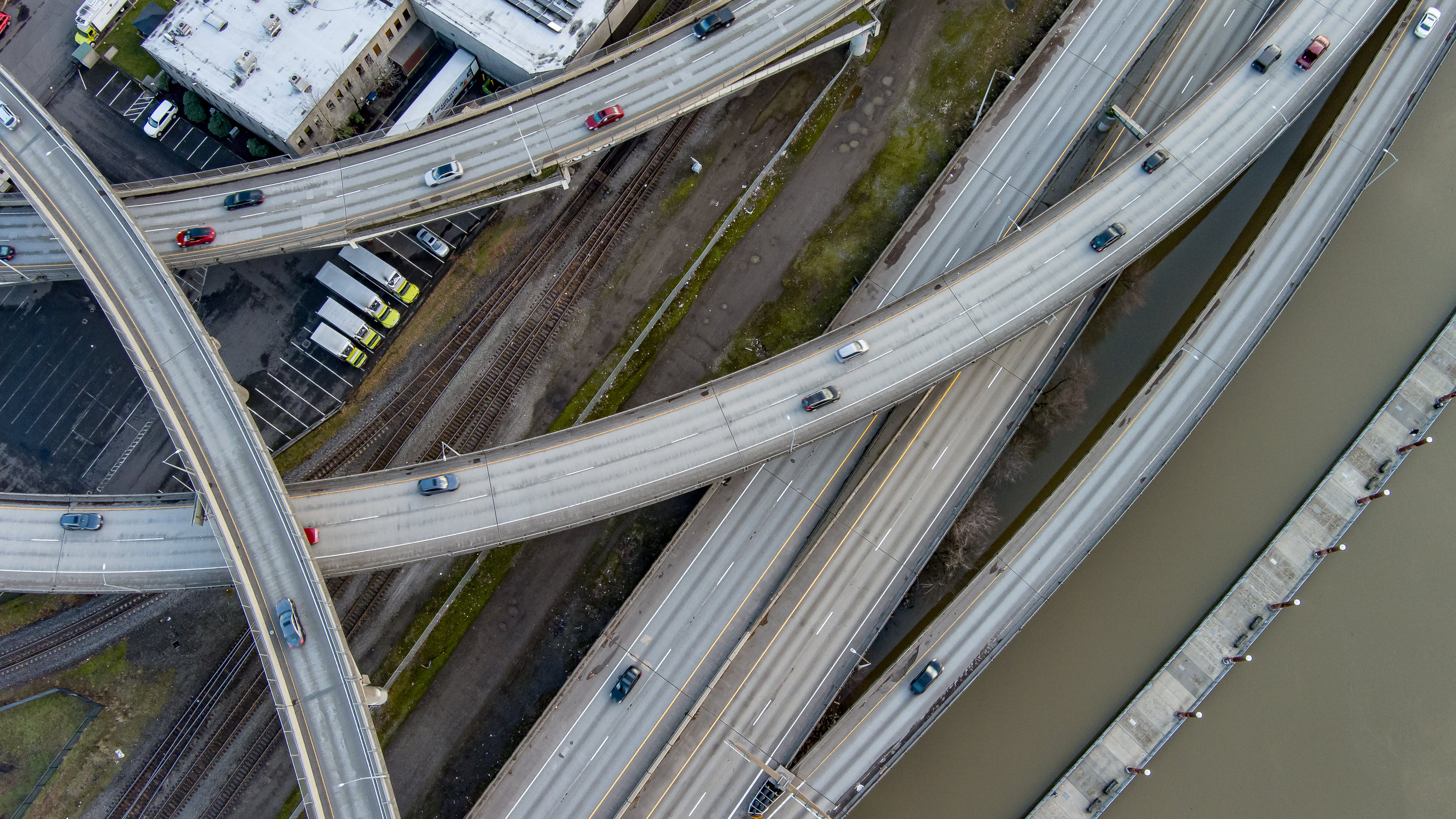Problem: Portland is wasting its waterfront.
Idea: Mimic Vancouver (Washington, not B.C.!)
For years, Portlanders have sneered at their neighbor to the north, calling it Vantucky and smirking the way Manhattanites do when talking about New Jersey.
Anyone persisting in that haughty attitude should pay a visit to the Vancouver Waterfront. Once an industrial wasteland, it’s now a gleaming stretch of hotels, condos, restaurants, anchored by a sleek pier that hangs over the river, held aloft by steel cables.
Portland should take heed, because the Willamette waterfront hasn’t changed much since Tom McCall Waterfront Park was created in 1978 and the South Waterfront got going in the early 2000s.
Both things are lovely, but neither brings a buzz to the river’s edge the way the Vancouver Waterfront does. Despite traffic changes, McCall park is cut off from the rest of the city by Naito Parkway, where few restaurants and shops seem to last.
Now, Portland has an opportunity to catch up to Vancouver and other cities, like Toronto and even Manila, that are reclaiming their waterfronts from dirty industry.
In November, rail-car manufacturer Gunderson said it would move most operations to other parts of the country. The company owns 78 acres along the Willamette north of the Pearl District and 2 miles beyond another aged property that’s about to change hands: the old Centennial Mills buildings. Prosper Portland, the city’s economic development agency, agreed in November to sell Centennial Mills to a developer called MLR Ventures for $8.25 million. The deal requires MLR to build a greenway path along the site and to include affordable housing in any development.
While we’re at it, it’s been two decades since Robert B. Pamplin Jr. pledged to give the city most of the 390-acre Ross Island he long mined for gravel. He’s deeded just 45 acres and sold much of the rest to his own pensioners. Yet the property has extraordinary potential—it could be a destination in the Willamette, much as Toronto’s Centre Island draws crowds to Lake Ontario.
Unfortunately, much of Portland’s waterfront is hemmed in by highways and industry. We’re sorry to see the jobs go elsewhere, but the Gunderson property presents an opportunity to lure Portlanders closer to the water. God knows we could use the calm.
